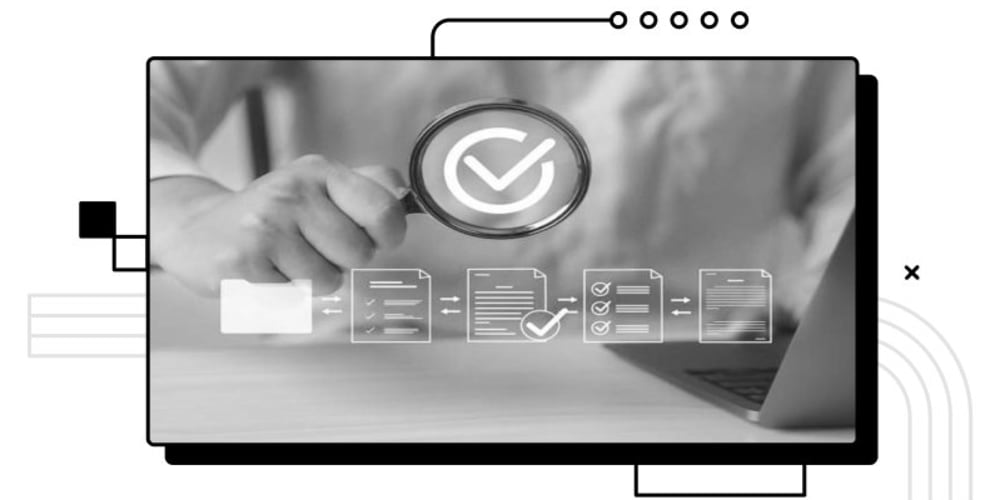How to Create Your Own Programming Language: A High-Level Overview
Designing and developing your own programming language is a challenging yet highly rewarding endeavor. Here’s a comprehensive guide to navigating this intricate process:
1. Define Objectives and Goals
- Purpose: Clearly articulate why your language exists. Are you addressing specific use cases, exploring new paradigms, or simplifying complex tasks?
- Target Audience: Determine the users who will benefit from your language and tailor its features to their needs.
2. Design Language Fundamentals
-
Syntax and Semantics:
- Syntax: Develop a formal grammar using BNF or EBNF to define how code should be structured.
- Semantics: Specify the meaning of each syntactical element to ensure predictable behavior.
- Programming Paradigm(s): Decide whether your language will be procedural, object-oriented, functional, or a combination of these.
3. Create a Comprehensive Specification
- Formal Grammar: Document the syntax rules and constraints of your language.
- Language Manual: Provide detailed documentation covering syntax, semantics, and practical usage examples.
4. Develop Core Language Tools
- Lexer: Implement a lexer to tokenize the source code into manageable symbols.
- Parser: Design a parser to construct an abstract syntax tree (AST) from the tokens.
-
Interpreter/Compiler:
- Interpreter: Build an interpreter for direct execution of code.
- Compiler: Create a compiler to translate source code into machine code or intermediate representations.
5. Implement Advanced Features
- Type System: Design a robust type system, including type inference and type-checking mechanisms.
- Memory Management: Implement garbage collection or manual memory management, depending on your language’s requirements.
- Concurrency: Incorporate support for concurrent and parallel execution if applicable.
6. Testing and Debugging
- Unit Testing: Develop tests for individual components and language constructs.
- Integration Testing: Verify that the language’s components work together seamlessly.
- Debugging Tools: Create tools for debugging, including stack traces and error reporting mechanisms.
7. Optimize for Performance
- Code Generation: Optimize the code generation process for efficiency and speed.
- Profiling: Use profiling tools to identify and address performance bottlenecks.
8. Build a Community and Ecosystem
- Documentation: Ensure comprehensive and accessible documentation, including tutorials and guides.
- Community Engagement: Foster a community through forums, social media, and developer meetups.
- Ecosystem: Develop and support a range of tools, libraries, and frameworks to enhance the usability of your language.
9. Release and Maintain
- Release Strategy: Publish your language with clear versioning and release notes.
- Feedback Loop: Collect and act on user feedback to drive improvements.
- Ongoing Maintenance: Regularly update your language to address bugs, incorporate new features, and adapt to technological advancements.
Creating a programming language is a multifaceted challenge that requires a blend of theoretical knowledge and practical skills. By following these guidelines, you’ll be equipped to develop a functional and innovative programming language.


















